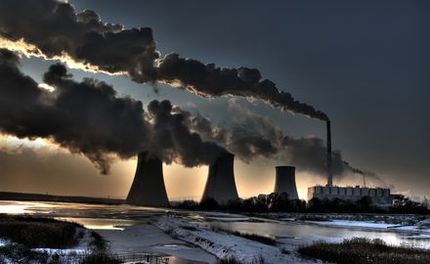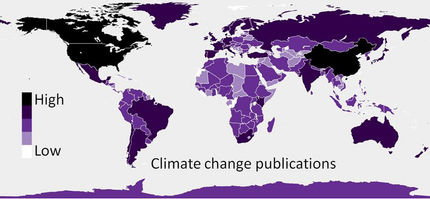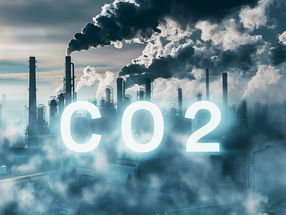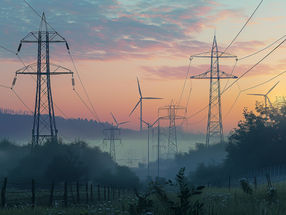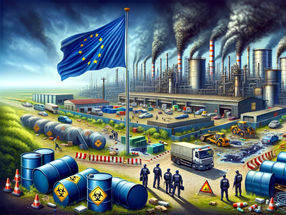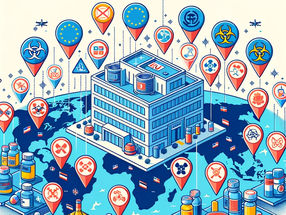Global commitment by Lafarge to reduce CO2 emissions
Advertisement
Lafarge is proud to announce that it is making a significant commitment to reducing its CO2 emissions as its contribution towards combating the threat of climate change. This commitment has been prepared in the context of the WWF/Lafarge Conservation Partnership.
Lafarge's global commitment is to reduce its CO2 emissions by 20 percent per tonne of cement produced worldwide over the period 1990-2010. This corresponds to a 15 percent reduction by 2010 of the absolute level of its CO2 emissions below 1990 levels in industrialised countries (Kyoto Protocol Annex 1). Lafarge's commitment fully discounts as climate neutral the CO2 emissions originating from the use of fossil-based waste fuels because of the energy recovery and the consequent reduced need for primary fossil fuels.
WWF applauds Lafarge's commitment to reduce its CO2 emissions. However, WWF's endorsement uses a different method of accounting that includes the CO2 from fossil-based waste fuels, resulting in a lower measure of 10 percent reduction for the industrialised countries. In line with this 10 percent commitment, WWF welcomes Lafarge into its "Climate Savers" programme.
In WWF's view, this commitment represents a substantial contribution towards reducing greenhouse gas emissions and combating climate change as foreseen by the Kyoto Protocol. WWF will be closely involved in the implementation and monitoring of this reduction.
Lafarge's commitment will be achieved by intensifying a series of actions that Lafarge has been undertaking for more than a decade. The main levers that Lafarge will use to reduce its emissions are: improving energy efficiency; using waste fuels and incorporating cementitious additions, such as steel slags and fly ash from coal-fired power stations.
WWF also welcomes Lafarge's intention to increase energy efficiency and utilise less carbon intensive cement production to reduce its CO2 emissions.
While wanting to limit the creation of wastes as far as possible, WWF is ready to consider the environmental benefits of energy recovery from wastes in cement kilns when this is done safely. To this end, WWF is pleased to engage with Lafarge on a joint technical programme to review and further develop best practices to ensure that waste fuels are always used safely.
In the future, WWF and Lafarge will look into ways of increasing the use of renewable energy (wind, solar, biomass, etc.) in Lafarge's global operations. Lafarge is ready to take initiatives in this field provided that they can be done economically.
Bertrand Collomb, Chairman and Chief Executive Officer of Lafarge, stated: "Preserving and protecting the environment is a key objective for Lafarge. We are convinced that a global industrial group can only continue to be successful if it operates within the framework of sustainable development with a genuine concern for the environment. This commitment will help Lafarge to prepare for a future carbon-constrained world."
Dr Claude Martin, Director General of WWF International stated: "We certainly hope that Lafarge will become a catalyst in the cement sector. When one of the largest global CO2 emitters commits to significantly reduce its emissions, this shows that climate action is smart action."
In the context of the Conservation Partnership that it launched in March 2000 with WWF, Lafarge also supports WWF's Forests Reborn project, which aims to restore degraded forest landscapes thus helping conserve biodiversity on earth.



